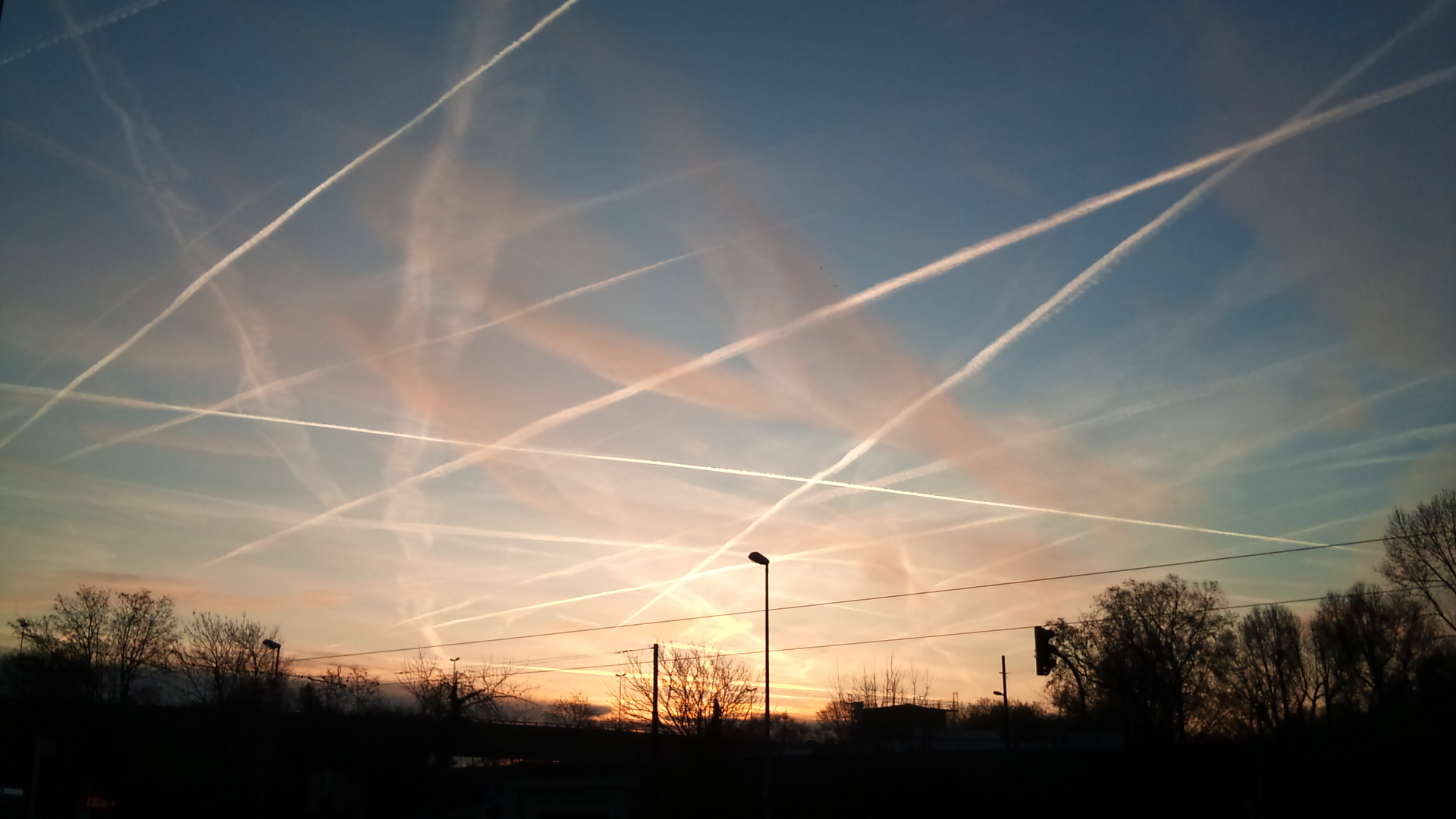Extreme weather is often caused by gravity waves rather than climate change, research shows
02/17/2019 / By Ethan Huff

The world seems to be experiencing an increasing number of droughts, floods, hurricanes, and other extreme weather events that many people are blaming on “climate change.” But a new study out of Germany challenges this common assumption, offering convincing evidence to suggest that so-called “gravity waves” may, in fact, be a more probable explanation for these weather phenomena.
Though “invisible” on standard radar and forecast equipment due to their unusually short wavelengths, gravity waves are, in many cases, the main destabilizing factor behind many a seemingly inexplicable weather event. They often form around weather fronts and during major storms, for instance, appearing in the sky to the naked eye as normal bands of clouds. But they only show up in the official weather models if special component modules are used that have the capacity to detect them.
Ongoing research funded by the German Research Foundation and led by a team from Goethe University in Frankfurt has been taking a closer look at gravity waves and how they influence things like the transport of water vapor, wind speeds, and temperatures during extreme weather events. The so-called “MS-GWaves” unit of this research has already determined that the effects of gravity waves are seen the strongest in the upper layers of the atmosphere, though these are often so strong that even the lower atmospheric layers are affected by them.
Gravity waves also affect air traffic, as their presence and movement are a major determining factor in predicting turbulence, for instance, as well as unusual weather extremes such as sudden heavy rains and storms. There appears to be so much complexity involving their interaction with weather events, and yet so little is known about how they work – this being the impetus behind Germany’s keen interest in digging deeper into the matter.
Perhaps the leftist climate loons screaming about global warming could learn a thing or two from Germany
Leading the charge to better understand gravity waves is Professor Ulrich Achatz from Geothe University‘s Department of Atmospheric and Environmental Sciences. His work in using radar, high-performance lasers, rockets, and research planes – not to mention standard laboratory testing – to better understand gravity waves represents the largest campaign ever undertaken in this particular field.
As Achatz and his team have compiled more and more data using these means, they have been able to better refine their hypothesis as to how gravity waves form and disperse throughout the atmosphere. Using these same methods, these researchers have also been able to refine their hypothesis and even reproduce it using high-resolution numerical models, which will aid in better determining how and why extreme weather events occur.
Thus far, Achatz and his team have improved the parameterizations that are used to describe the influence of gravity waves, both in weather and climate models. They have also refined the weather and climate model known as ICON that is used both by Germany’s National Meteorological Service (DWD) and the Max Planck Institute for Meteorology. The new model that they have developed, known as UA-ICON, can more precisely predict the influence of gravity waves in the upper atmosphere, which will allow for meteorologists to better predict weather events that, before the model existed, would have been seen as inexplicable or unpredictable.
Such research directly counters the official narrative that man-made climate change is automatically to blame for every type of extreme weather event that occurs for which existing science has no explanation. It is a rational, science-based approach to studying the natural changes in weather patterns – an approach that, as many Natural News readers well know, is sorely needed in these days of extreme climate change hysteria.
Sources for this article include:
Tagged Under: climate change, extreme weather, global warming, gravity waves, physics, real investigations, research



















